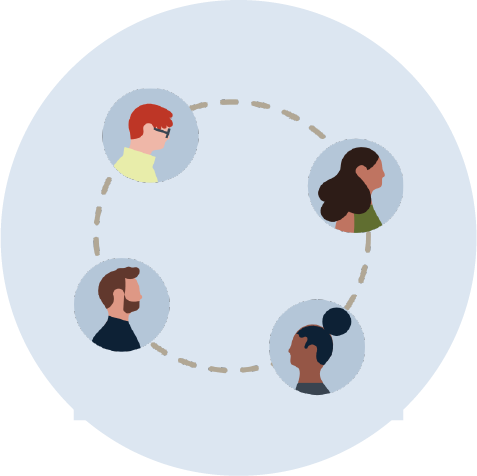
Learn the essential skills and competencies to face the unique challenges that HR will need to deal with in 2023

In the race to attract and retain top talent, competition is tougher than ever. Talent pools have shrunk. Your teams are fatigued from change, and have to make do with the limited tools and systems available to them. How can HR leaders like you help them stop making do and start doing more to build a skills-first future?
HR leaders everywhere are facing several challenges this year with macroeconomic uncertainties, including a cooling economy, slowing hiring rates and competition to attract the right talent. Australia has seen a 14 per cent decrease in hiring rate since September 2021, according to LinkedIn’s latest Global Talent Trends report.
Further, 40 per cent of HR leaders say they can’t build skill development solutions fast enough to meet their evolving needs. And despite recruitment being a top priority for 46 per cent of HR leaders, 36 per cent say their sourcing strategies are insufficient to find the skills they need.
Here are three unique challenges that HR will need to deal with in 2023:

When faced with key team members leaving a department, workloads tend to be shifted onto the rest of the team, resulting in other employees having to learn new specialist skills fast to fill job-critical needs.

The job market is tightening across APAC following the Great Reshuffle – and hiring is slowing down globally. Critical skills shortages are still an issue for organisations. And often candidates aren’t being hired based on skills, but rather their degree, previous position, or connections. Plus,there’s limited time and resources to get job posts out. All this puts pressure on HR teams to decide which roles take priority.

Given today’s tight labour conditions, time is often wasted interviewing candidates who lack the right skill sets to help departments thrive. As the cost of recruitment fees inevitably grows, this attracts additional pressure from senior leaders to justify the accumulating costs.
Ultimately, these ‘make do’ moments distract from the HR team’s sole purpose – to help employees and teams reach their full human potential every single day, helping your organisation succeed.
As an HR leader, this means making important decisions – trade-offs between cost savings and investing in talent, for example, meeting critical business requirements and the needs of your employees. These tough calls have a ripple effect throughout the entire organisation, its people and, ultimately, yourself.
This is a timely opportunity to stop making do and start doing more. To invest in your people, shift to a skills-first hiring culture. And to take the pressure off yourself.
The skills-first future starts with your people. You can help them stop making do and start doing more by unlocking limitless opportunities with LinkedIn’s Enterprise Program.
Here's what it has to offer:
For companies like Globe Telecom, LinkedIn Enterprise Program helps HR departments build essential skills and competencies at a critical time.
“As Globe continues to evolve, it is more important than ever to invest holistically in our people,” says Renato Manuel Jiao, Chief Human Resource Officer at Globe. “Our partnership with LinkedIn enables us to elevate our learning, engagement and hiring experiences and put human skills at the heart of our talent strategy.”
To find out more and hear success stories from around the globe, visit LinkedIn’s Enterprise Program.